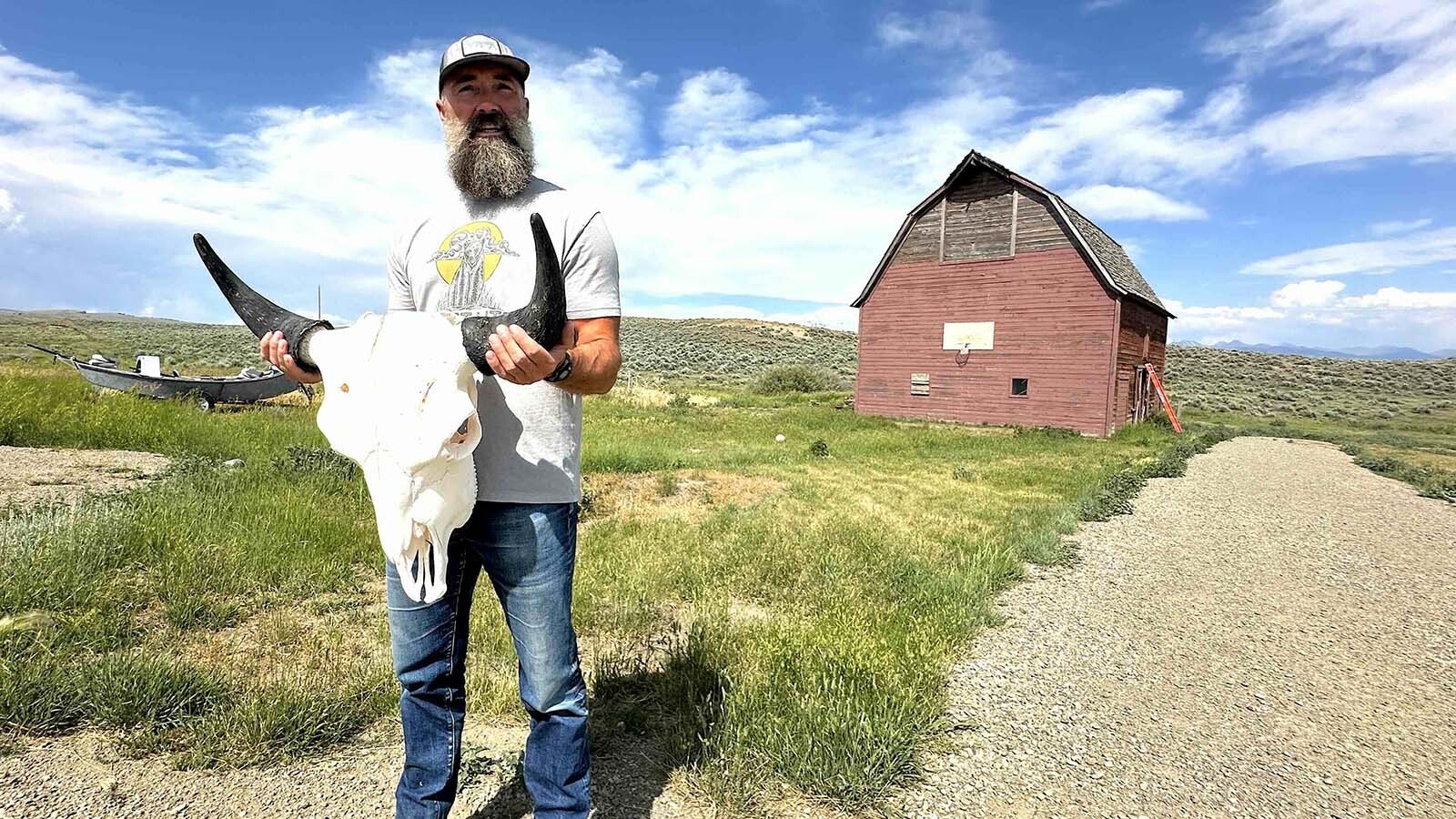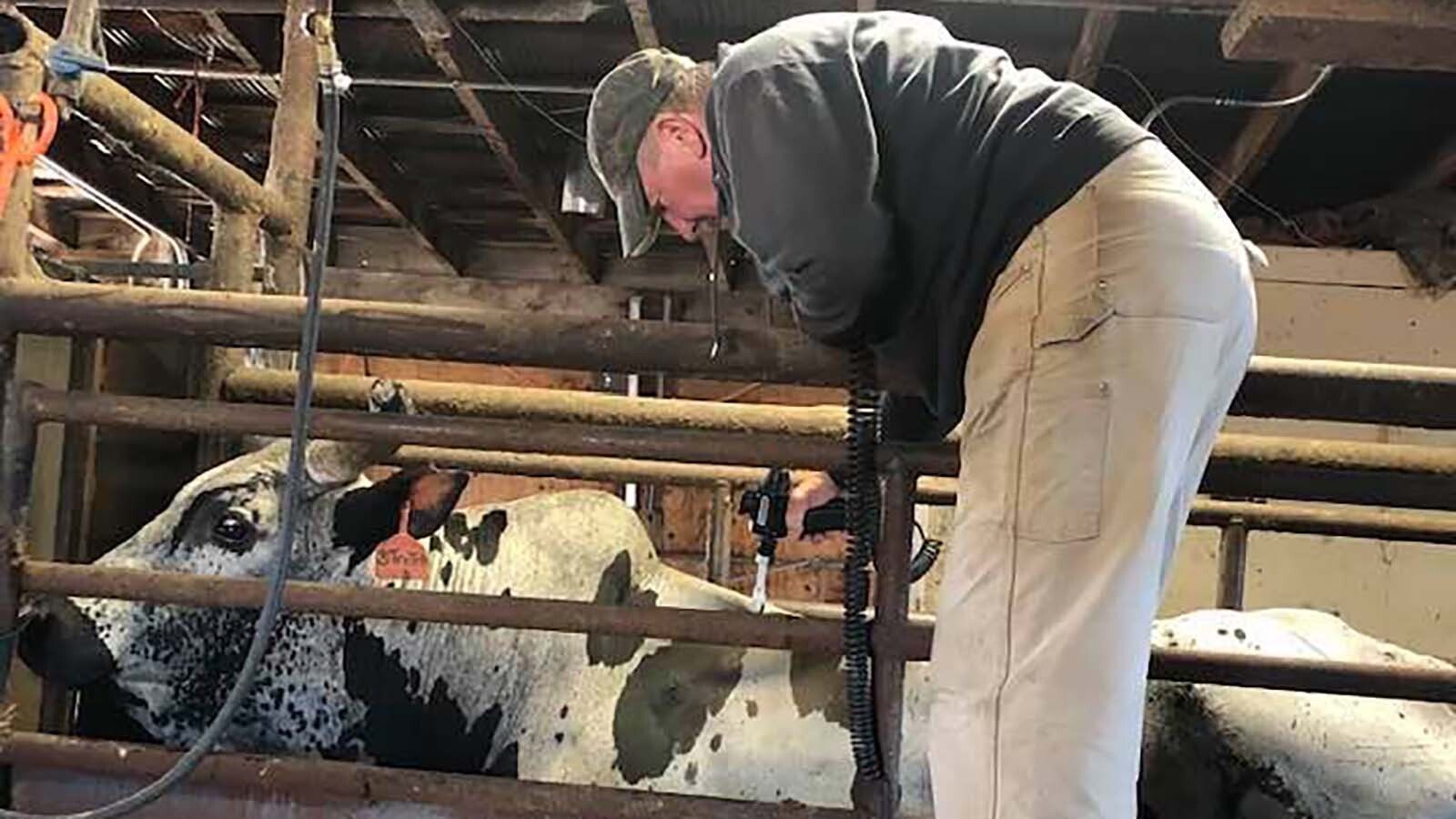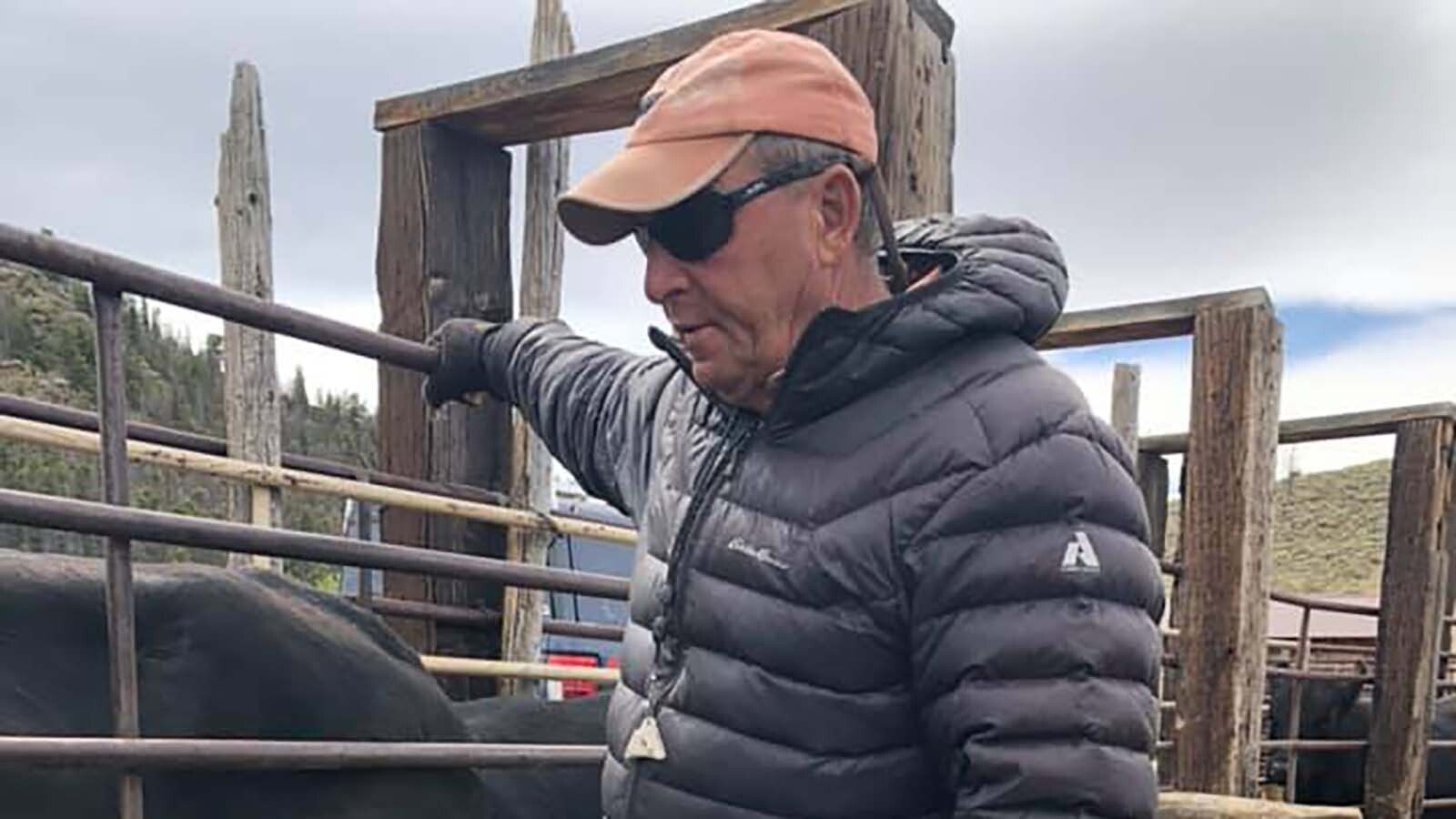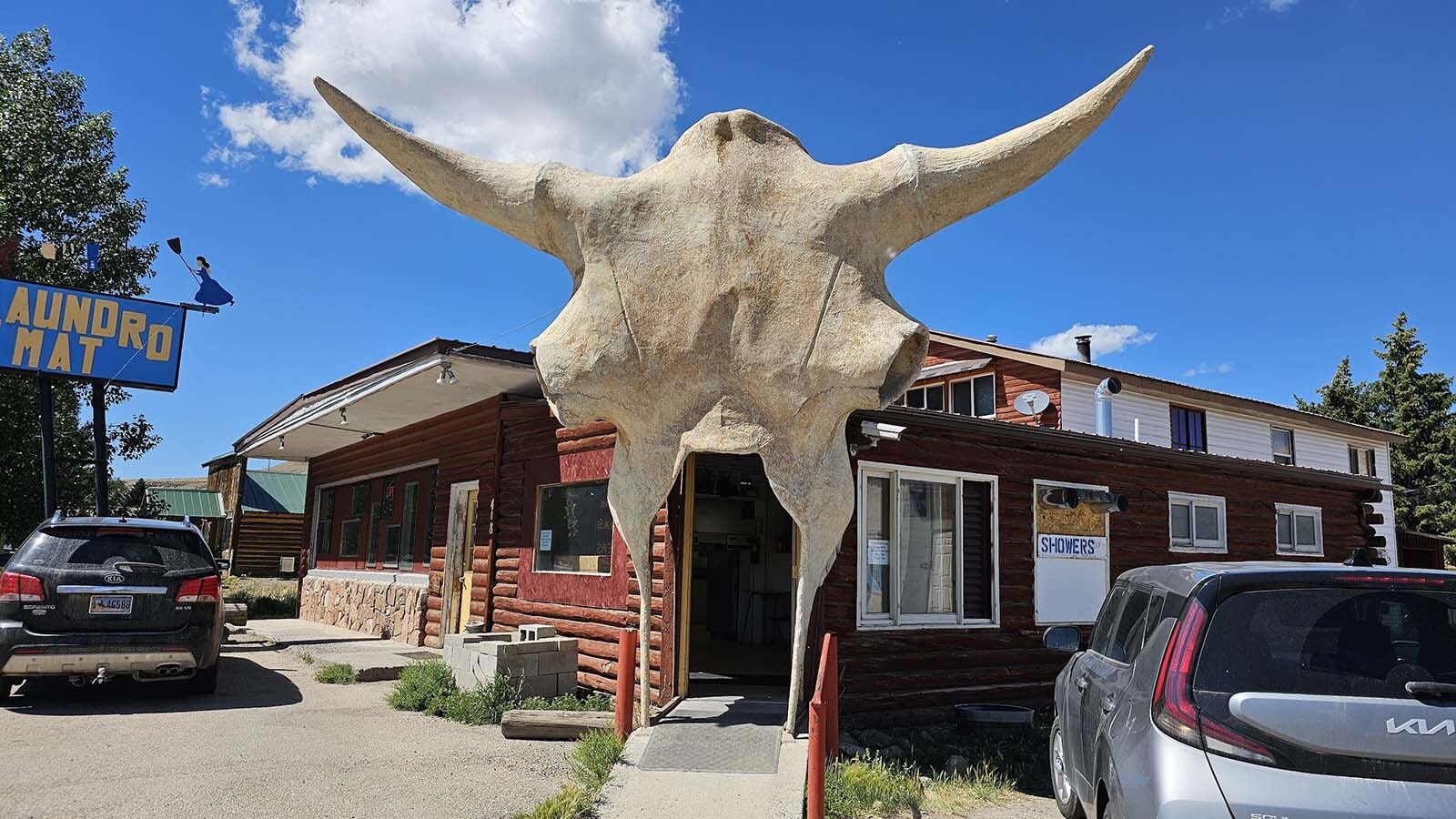It’s unlikely that many people in Wyoming know much about Gaston Glock, a reclusive Austrian billionaire who died Wednesday at age 94. But they know and love the handguns that bear his name.
“They’re probably our No. 1 seller,” said Lucas Halvorson, who runs the gun counter at the West Laramie Fly Store in Laramie. “We probably sell five to 10 Glocks a month, and we’re just a small store.”
Of course, like any popular product, Glocks have their detractors.
Glocks are common law enforcement duty weapons. John Sullivan of Rock Springs carried one when he worked for the St. George, Utah, police department from 1991-1995.
He didn’t care much for the pistol’s polymer frame, which he thought was too light for proper handling.
Even so, he understood why law enforcement agencies favored it for its durability.
“I know they’ve done a lot of drop tests on them, and they didn’t come apart or misfire,” he said.
Started Out Making Curtain Rods
Glock applied for the patent for his first pistol, the Glock 17, in April 1981, and the guns went into production the following year. The no-frills, utilitarian, “boxy” look of Glocks eventually became recognizable all over the world.
Glock came from humble beginnings, born in Vienna on July 19, 1929. As a teenager, he was conscripted into the Wehrmacht (German military) near the end of World War II, and later graduated from school as an engineer.
He started out manufacturing curtain rods, and then began designing knives for the Austrian military. He gained experience working with polymer plastics, but didn’t begin designing firearms until he was 52.
The massive success of Glock handguns made him incredibly wealthy, but he stayed out of the public eye. He made news in 1999, when a business associate tried to have him murdered, but the attempt failed when Glock knocked his assailant unconscious.
News of his death came via a brief statement on the Gock Company website, which offered no details.
Though hardly anything is commonly known about the man, Glock’s iconic status among Wyoming firearms enthusiasts remains, gun rights advocate Mark Jones of Buffalo told Cowboy State Daily.
“Mr. Glock’s legacy will place him among the greatest when it comes to firearms history,” he said.
Too Light, But Lots Of Shots
Glocks were among the first pistols to feature “double-stack” magazines, greatly increasing their ammunition capacity.
In semi-automatic pistols, the ammunition magazine typically goes inside the magazine well in the weapon’s handle.
Prior to Glock’s design, most pistol magazines featured a “single-stack” design, meaning the rounds are loaded one directly on top of the other. That meant that most pistols had a capacity of about seven to 10 rounds.
In a double-stack magazine, the rounds are stacked in an offset pattern, allowing for more cartridges without adding more length to the magazine.
Sullivan recalled going through firearms training drills with other police academy cadets who had Glocks.
He thought the Glocks, with their polymer frames, were just too light. But there was no denying the advantages of the larger magazine capacity.
“I like a heaver gun. The gun I used in the academy was an old Smith & Wesson, nickel-plated, 10-round 9 mm,” he said. “They advantage the guys with the Glocks had was that they didn’t have to reload as often because of their 17-round magazines. I was having to reload in the middle of a shooting drill, and they were still going.”
When he joined the police force, he was issued a Glock chambered for the .40 Smith & Wesson cartridge, a popular round with law enforcement at the time.
“They were great as far as the ammunition capacity. I think it was more the light weight that I didn’t like about them. After I left the police department, I got rid of mine,” he said.
Gock 20, Backcountry Bear Gun
Halvorson told Cowboy State Daily that the simplicity and reliability of Glocks is what has kept his customers coming back for them.
The pistols are easy to disassemble for routine cleaning and maintenance, and their basic design is good for beginning handgun shooters.
“When people come in who are new to pistol shooting, they always ask for something that is Glock or Glock-like in design,” he said.
The Glock model 20, chambered in the mighty 10 mm auto, has become popular among Wyoming backcountry enthusiasts looking to pack something for bear protection.
“We sell a lot of those,” Halvorson said. “A Glock 20 is my personal choice for a backcountry sidearm.”
Last October, Lee Francis of Evanston told Cowboy State Daily that his Glock 10 mm saved him during a grizzly attack in the Gro Ventre Mountains.
He startled a large grizzly after stumbling upon the bear’s den and was charged from a distance of just a few feet, a situation in which he said bear spray wouldn’t have done him any good.
He ended up on his back, firing his Glock as rapidly as he could at point-blank range while trying to kick the bear in the face. In the chaos, he accidentally shot himself in the foot.
Francis said that injury still paled in comparison to how badly the bear would have torn him up, and he credits the handgun for driving the grizzly off in just a matter of seconds.
Mark Heinz can be reached at mark@cowboystatedaily.com.





